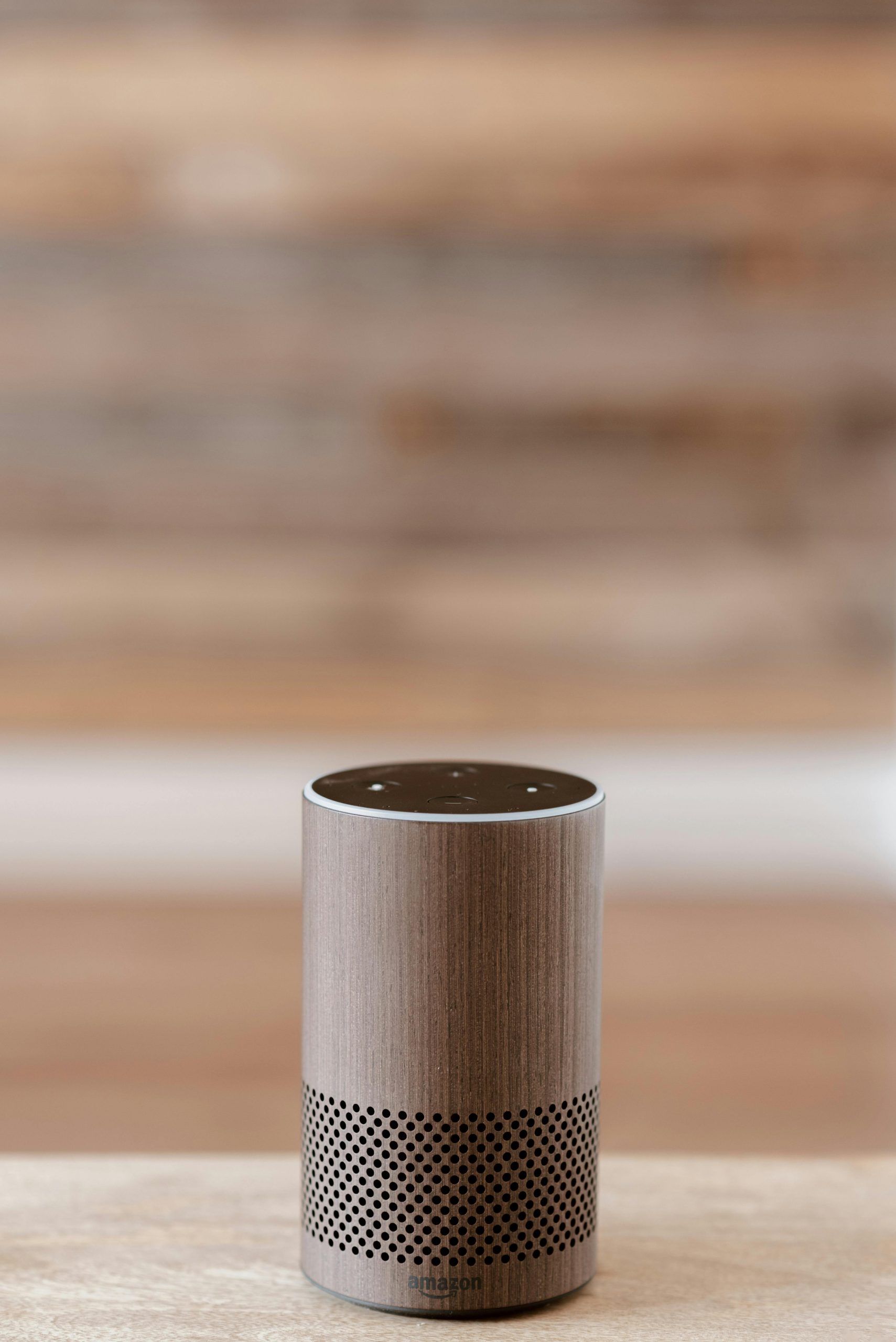Concern Over Unexpected Alexa Camera Alert: What You Need to Know
Recently, a homeowner experienced an alarming notification on their Amazon Echo device, prompting important questions about device security and privacy. As smart home devices become increasingly integrated into our daily routines, understanding potential vulnerabilities is more essential than ever. Here, we explore the incident, possible explanations, and proactive steps to secure your devices.
The Incident: An Unexpected Alert
While preparing for bed, the homeowner noticed a message on their Amazon Echo device stating: “Someone in your household is viewing your camera.” Notably, neither they nor their spouse were actively accessing the camera through their apps at the time, and they believed no other household members had unauthorized access.
Compounding their concern, upon unplugging the device and auditing their account, they discovered an unfamiliar user named “Kids” associated with their account—users whom they did not set up themselves. These developments raised valid fears about potential security breaches and unauthorized surveillance.
Understanding Device Security and Privacy Risks
Smart home devices like Amazon Echo Cameras include features that, if compromised, can lead to privacy violations. Unexpected notifications may indicate:
- Unauthorized access: External parties may have gained access through compromised credentials.
- Account compromise: If login credentials are shared or leaked, malicious actors can monitor or control the device.
- Misconfigured settings or glitches: Sometimes, software bugs or misconfigured permissions can trigger false alerts.
Immediate Actions Taken
In response to the suspicious activity, the user:
- Signed out of all associated accounts.
- Changed account passwords.
- Requested access logs or data from the device for further investigation.
These are effective initial steps to mitigate potential ongoing risks.
Recommended Security Best Practices
If you encounter similar concerns, consider implementing the following measures:
- Change all account passwords: Use strong, unique passwords for your Amazon account and related services.
- Enable two-factor authentication (2FA): Adds an extra layer of security, making unauthorized access more difficult.
- Review device and account activity: Check for unusual logins or access patterns in your Amazon account.
- Remove unknown or suspicious devices/users: Delete any unrecognized user profiles or linked devices.
- Update device firmware and software: Keep your smart devices updated to benefit from security patches.
- Audit household app permissions: Ensure only trusted users have access and monitor for unexpected permissions.
- Monitor alerts and notifications: Stay vigilant for unusual messages or alerts from
Share this content:



